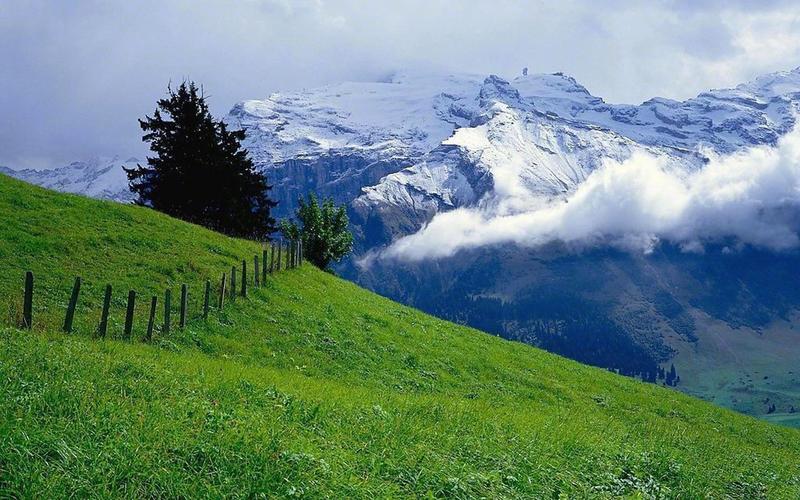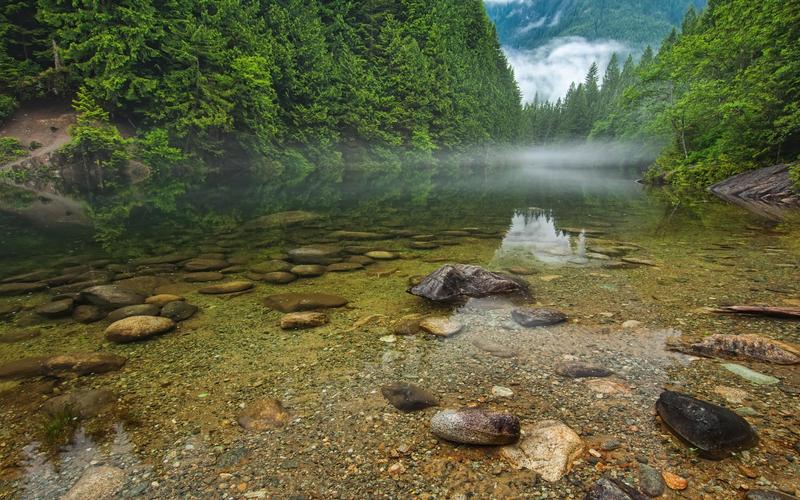Understanding the Difference between Natural Heritage and Cultural Heritage
Natural heritage and cultural heritage are two terms that are often used when we talk about preserving the past and protecting the future. Although both are related to historical preservation, they differ in their meaning and significance. In this article, we’ll discuss the difference between natural heritage and cultural heritage.
What is Natural Heritage?
Natural heritage refers to the physical, biological and geological formations that have been created by natural processes. This heritage includes natural features such as landscapes, ecosystems, flora, and fauna. These features have not been influenced by human activities and are considered to be of great scientific, ecological, and aesthetic value.
For example, the Grand Canyon is a natural heritage site in Arizona, USA. This site is not only visually impressive but also provides valuable insights into the geology and geography of the region.
What is Cultural Heritage?
Cultural heritage is a term used to describe the cultural aspects of our history that we want to preserve for future generations. This heritage includes tangible objects such as buildings, monuments, and artifacts, as well as intangible elements such as customs, traditions, and beliefs.
For example, the Eiffel Tower in Paris, France, is a cultural heritage site. This monument represents the cultural identity of France and is a popular tourist destination.
The Importance of Natural and Cultural Heritage
Both natural and cultural heritage are essential components of our past, present, and future. They create a sense of identity and belongingness, which helps us understand the world better. Preserving these heritages is important for several reasons:
Environmental Benefits
Natural heritage sites often serve as habitats for rare and endangered species. By protecting these sites, we help to preserve the biodiversity of our planet. Additionally, these sites provide environmental benefits such as clean air, clean water, and healthy soil.
Educational Benefits
Cultural and natural heritage sites provide valuable educational opportunities. They offer insights into the past and allow us to learn about different cultures, customs, and traditions. Preserving these sites also helps future generations to understand and appreciate their cultural and environmental heritage.
Economic Benefits
Heritage sites often attract a large number of tourists, generating revenue and creating job opportunities for local communities. For example, the Great Barrier Reef in Australia is a natural heritage site that generates billions of dollars in tourism revenue each year.
Challenges to Preserving Natural and Cultural Heritage
Preserving natural and cultural heritage sites is not without its challenges. Here are some of the challenges we face:
Natural Disasters
Natural disasters such as earthquakes, floods, and wildfires can cause significant damage to natural and cultural heritage sites.
Climate Change
Climate change is a significant threat to natural heritage sites. Rising temperatures, sea levels, and extreme weather conditions can cause irreversible damage to these sites.
Overuse and Misuse
Many natural and cultural heritage sites are under threat from overuse and misuse. This can include overfishing, overgrazing, illegal logging, and vandalism.
Conclusion
In conclusion, natural and cultural heritage are crucial components of our past and present. Preserving these sites is essential for future generations to understand and appreciate their heritage. By addressing the challenges we face, we can ensure that these sites are protected for years to come.




